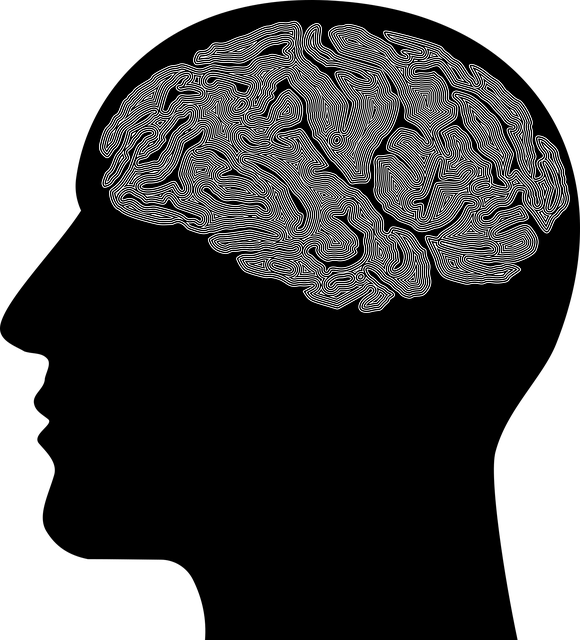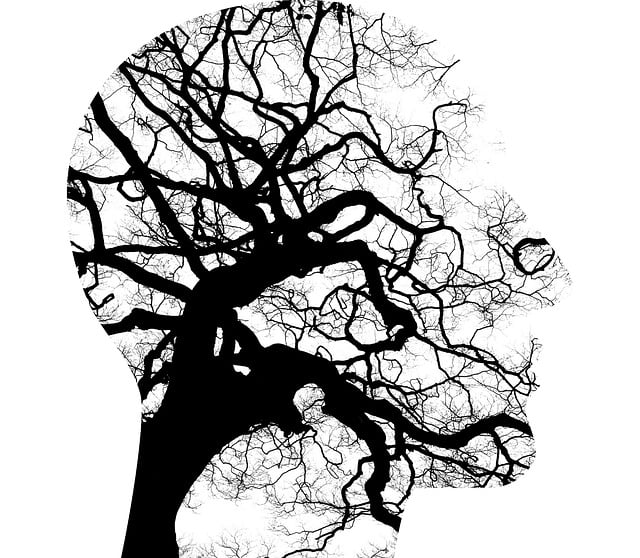Public awareness campaigns for Therapy for Adolescent Teens Eating Disorders (ATE) must address the unique challenges of this demographic, leveraging understanding of teenage development and social media's influence. Balancing education and empathy through simple messaging, these campaigns highlight hope, recovery resources, and relatable narratives. Strategic planning involves designing engaging Mental Health Education Programs with Resilience Building components, disseminated via diverse channels, and measured against clear objectives and key metrics while preventing burnout.
Public awareness campaigns play a vital role in educating communities about pressing issues, such as eating disorders among adolescent teens. This article delves into the critical components of developing effective initiatives. We explore strategies for understanding the target audience, crafting compelling messaging, and implementing successful campaigns. By focusing on these key areas, we aim to enhance public knowledge and encourage support for adolescents seeking therapy for eating disorders.
- Understanding the Target Audience: Adolescent Teens and Eating Disorders
- Crafting Effective Messaging for Public Awareness Campaigns
- Strategies for Implementing and Measuring Success of Awareness Initiatives
Understanding the Target Audience: Adolescent Teens and Eating Disorders

Understanding the target audience is a crucial step in developing effective public awareness campaigns, especially when addressing sensitive issues like eating disorders among adolescent teens. This demographic presents unique challenges due to their developmental stage and the influence of social media on their perception of body image. Public health initiatives must recognize that teenage years are a formative period, where peer pressure, self-discovery, and emotional vulnerabilities intertwine to create a complex web impacting their mental health.
When crafting messages for this audience, incorporating therapeutic principles like Mind Over Matter can be powerful. Encouraging teens to challenge negative thought patterns and foster compassion towards themselves and others, as seen in Compassion Cultivation Practices, may aid in preventing or managing eating disorders. Additionally, teaching Stress Reduction Methods can empower teenagers to navigate the pressures they face, promoting overall well-being and potentially deterring risky behaviors.
Crafting Effective Messaging for Public Awareness Campaigns

Crafting compelling messaging is a cornerstone of successful public awareness campaigns, especially when addressing sensitive topics such as eating disorders in adolescent teens. The key lies in balancing education and empathy to create an authentic connection with the target audience. Start by demystifying the complexities of eating disorders, using simple yet informative language that encourages understanding without judgment. Frame the message around hope and recovery, highlighting the availability of resources like therapy for adolescent teens eating disorders, and the positive impact of early intervention.
Integrate relatable narratives or testimonials to humanize the issue, fostering a sense of community and support. Consider leveraging a Mental Wellness Podcast Series Production to share diverse perspectives and expert insights. Additionally, Risk Management Planning for Mental Health Professionals is crucial in ensuring these campaigns are not only effective but also ethically sound. Emphasizing stress management techniques as part of broader mental wellness discussions can further enhance the campaign’s reach and resonance.
Strategies for Implementing and Measuring Success of Awareness Initiatives

Implementing successful public awareness campaigns for issues like therapy for adolescent teens eating disorders (ATE) requires strategic planning and measurement. The first step is to design Mental Health Education Programs that are engaging, informative, and tailored to the target audience. Incorporating Resilience Building components can empower individuals to recognize and combat early signs of eating disorders, fostering a culture of mental well-being. These programs should be disseminated through various channels including social media, schools, and community centers, leveraging their unique reach and engagement potential.
Measuring success involves setting clear objectives and utilizing appropriate metrics. For ATE campaigns, this could include tracking the number of teens seeking therapy, increased awareness as indicated by online search trends or social media interactions, and improvements in mental health outcomes. Additionally, monitoring Burnout Prevention among campaign participants can provide valuable insights into the long-term effectiveness of the initiative. Regular evaluations at different stages ensure the campaign stays on course and makes necessary adjustments for maximum impact.
Public awareness campaigns play a pivotal role in educating communities about eating disorders among adolescent teens. By understanding target audiences, crafting compelling messages, and implementing strategic initiatives, we can foster early detection and prompt access to essential therapy for adolescent teens with eating disorders. Through continuous evaluation and adaptation based on measured successes, these campaigns have the potential to revolutionize support systems and improve outcomes for affected youth.













